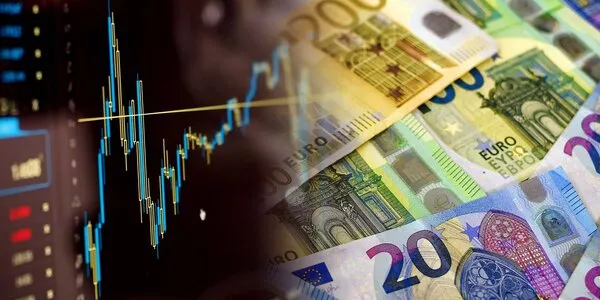
Weekly Update - Responsible finance: green assets in the red but still attractive
The slump in financial markets since the start of the year has hit green-rated fixed-income and equity indices especially hard. Underperformances have reflected the make-up of each individual sub-index and how each is affected by the energy crisis. Meanwhile, Europe has approved several initiatives to address climate issues this year, boosting the appeal of green assets in the medium term.
Green indices hampered by their component mix.
In an environment of high volatility, stoked by geopolitical risks and monetary policy tightening, green equity and fixed-income indices have been marked down particularly hard. MSCI Global Environment, the flagship index for climate-friendly equities, has lost 30% year to date, compared to 2% for global equity index. The underperformance can be largely explained by the make-up of the indices and the type of company that dominates the sector. Most are growth stocks, young or small companies not yet in profit but seen as good prospects. And it is precisely such growth stocks that have suffered most from this year challenging trading environment. Growth stocks are less well-established companies and often need to raise external funding for their projects, which makes them most vulnerable to uncertainties and rate hikes. A similar composition effect can be seen in fixed-income. The nature of green bond markets meant they fell by 30%, underperforming a benchmark index which was itself down 20%. Most green bonds have long maturities - more than 10 years - and so suffered bigger markdowns when yields rose.
Some green assets have underperformed more than others.
Drilling down into the green index reveals big discrepancies in the way different sub-indices have performed. While the green index as a whole lagged the market, some of its components outperformed (Chart 1). The most obvious outperformers were energy assets, which fell less sharply than the benchmark thanks to some favourable implications of the energy crisis in developed economies. Note too that, sub-sectors aside, the steep underperformance by the total green index is partly attributable to heavy exposure to just one company, Tesla, which makes up more than 40% of the index.
Recent political decisions mean green assets are still attractive, particularly in Europe.
Despite a still tricky economic environment, we remain bullish on green securities medium term. The Ukraine war should prompt a ramp-up of investment in Europe energy transition. Such investments will be further encouraged by recent political initiatives (Next Generation EU, Fit for 55). Finally, the ECB’s announcement in July that it would gradually “green” the assets on its balance sheet, should be good for the relative value of green assets as a class.
Also, in the main events of the week, we chose to talk about the decision of the OPEC and the US labor market.





